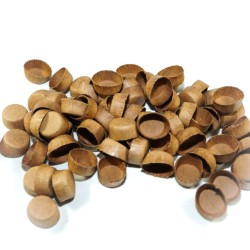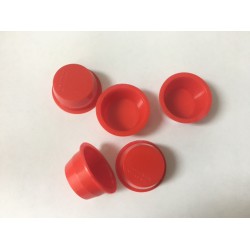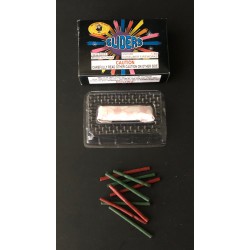
Making black powder
The practice of making black powder (often abbreviated 'BP')is often oversimplified in textbooks. Merely mixing the components, potassium nitrate, charcoal and sulfur, does not result in real black powder. The mixture this obtained is called 'green powder' or 'polverone'. It burns relatively slowly and leaves a lot of solid, unburned, material (residue). 'Real' blackpowder burns far more rapidly, leaving almost no residue. Its properties are very different from polverone. Making black powder at home takes some effort. It will require the use of a piece of equipment called a ball mill and can be produced by two methods. Either of the two methods described below is of suitable quality for most common purposes. The powder could be further improved by pressing and corning, if required, but this will not be described on this page.
The components
The standard formulation for black powder is: 75 parts potassium nitrate, 15 parts charcoal and 10 parts sulfur (as always, all parts are by weight).
You can find these chemicals at www.skylighter.com
.
Which method to use
There are two methods to make BP: The ball mill method and the precipitation (or 'CIA') method. You'll need a ball mill in any case. While both methods work, they each have their own advantages and disadvantages. The main disadvantage of the ball mill method is that it is essential that you have a safe place to let your mill do it's work. You need a place with no buildings, people or animals whatsoever in the neighbourhood, and you need to be able to turn it on and off remotely. It also makes a lot of noise. Advantage of the ball mill method is that it is less laborous. You can simply charge your mill with the ingredients, turn it on, do something else for a couple of hours and you're done. The CIA method is much more work: you first mill the charcoal and sulfur together (just like you would with the ball mill method), but this is followed by dissolving the potassium nitrate in hot boiling water which is then mixed with the milled charcoal/sulfur mixture. The potassium nitrate is then precipitated from the solution by mixing with ice cold isopropyl alcohol. This is followed by filtering (messy) and drying (takes a long time, and a good place with no ignition sources, since there is a flammable liquid involved).
The ball mill method
1. Take your raw charcoal and crush it with a hammer between two sheets of paper. Wear old clothing and do this outside, since it is very messy. Sieve the charcoal through a coarse sieve (about 30 mesh).
2. Weigh the charcoal. To every 100 grams of charcoal, add 67 grams of sulfur, and fill 1/4th of your ball mill with this mixture. Put the media in and let the mill run for 3 hours.
3. When you open your mill, you should find an incredibly fine black/greyish powder. Sieve this to get the media of the mill out, and weigh it. In a separate container, place 75 grams of potassium nitrate for every 25 grams of charcoal/sulfur powder you have. Put the potassium nitrate in your ball mill, and mill it for 3 hours. You should have a very fine white/greyish powder.
4. Now mix the charcoal/sulfur mix with the potassium nitrate. Don't bother to mix it very thoroughly, since that will happen in the mill soon enough. To this mixture, add 6% of water. I spray it over the powder that I spread out on a sheet of paper to make sure all of it becomes wet. Put the wet powder in your mill and let it run for 5 hours. Every hour or so, check to see if the powder is still wet. If it dries out the risk of accidential ignition greatly increases.
5. Sieve the powder to get the media out, spread it out on a large sheet of paper and let it dry. If possible in the sun. Needless to say you shouldn't heat it in order to dry it more quickly, just be patient.
6. When dry, sieve the black powder through a few sieves to get several fractions for different purposes.
The precipitation method
1. Take your raw charcoal and crush it with a hammer between two sheets of paper. Wear old clothing and do this outside, since it is very messy. Sieve the charcoal through a coarse sieve (about 30 mesh).
2. Weigh the charcoal. To every 100 grams of charcoal, add 67 grams of sulfur, and fill 1/4th of your ball mill with this mixture. Put the media in and let the mill run for 8 hours.
3. While the mill is running, place 600 ml isopropylalcohol in a large container for every 100 grams of charcoal/sulfur mix you have, and place it in the fridge.
4. When you open your mill, you should find an incredibly fine black/greyish powder. Sieve this to get the media of the mill out, and weigh it. In a separate container, place 75 grams of potassium nitrate for every 25 grams of charcoal/sulfur powder you have. Put the potassium nitrate in an old pan, and add 40 ml tap water for every 100 grams of potassium nitrate.
5. Place the pan on the stove and bring it to a boil while continuesly stirring. When the solution starts boiling, start adding small amounts of water while stirring all the time untill all the potassium nitrate has dissolved.
6. Add an extra 10 ml tap water and the charcoal/sulfur mixture to the boiling potassium nitrate solution. Stir the charcoal/sulfur mixture in the solution. Make sure there are no dry clumbs left.
7. By now, your isopropylalcohol should have cooled to at least 0 deg C or colder. Take the isopropylalcohol outside, and pour the potasium nitrate solution/charcoal/sulfur into the cold isopropylalcohol. Make sure there are no sources of ignition nearby! Stir for a few seconds.
8. Cool the mixture again to 0 deg C at the fastest rate you can. The faster the better.
9. Filter the mixture through an old cloth, and squeeze to get all the liquid out. Discard the black liquid.
10. Spread the black mush out on a sheet of paper, and dry it in the sun. Don't try to dry it inside since it will produce a lot of flammable vapour from the ispropylalcohol. When it is still slightly wet to the touch, press it through a sieve to corn it. Then dry it further.
11. When dry, sieve the black powder through a few sieves to get several fractions for different purposes.



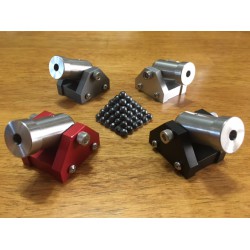


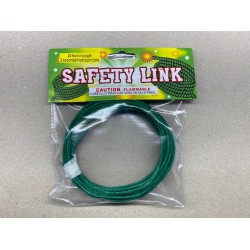
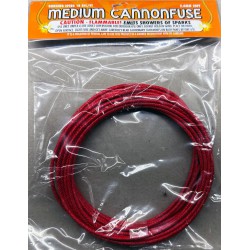

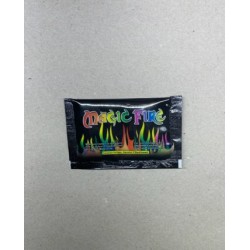
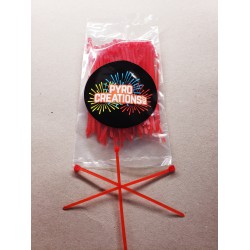
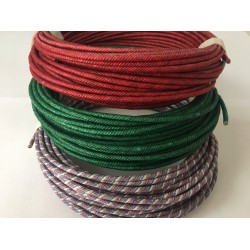
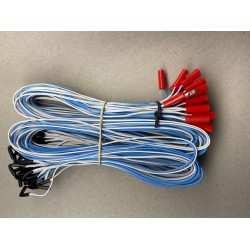


-250x250.jpg)
